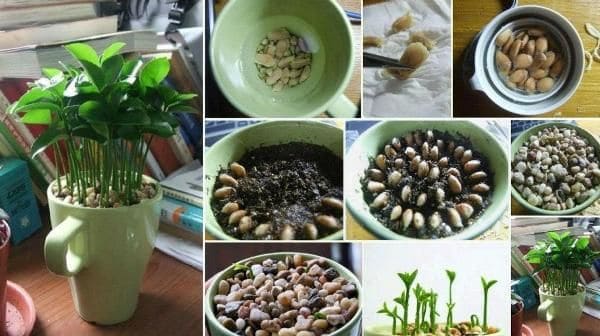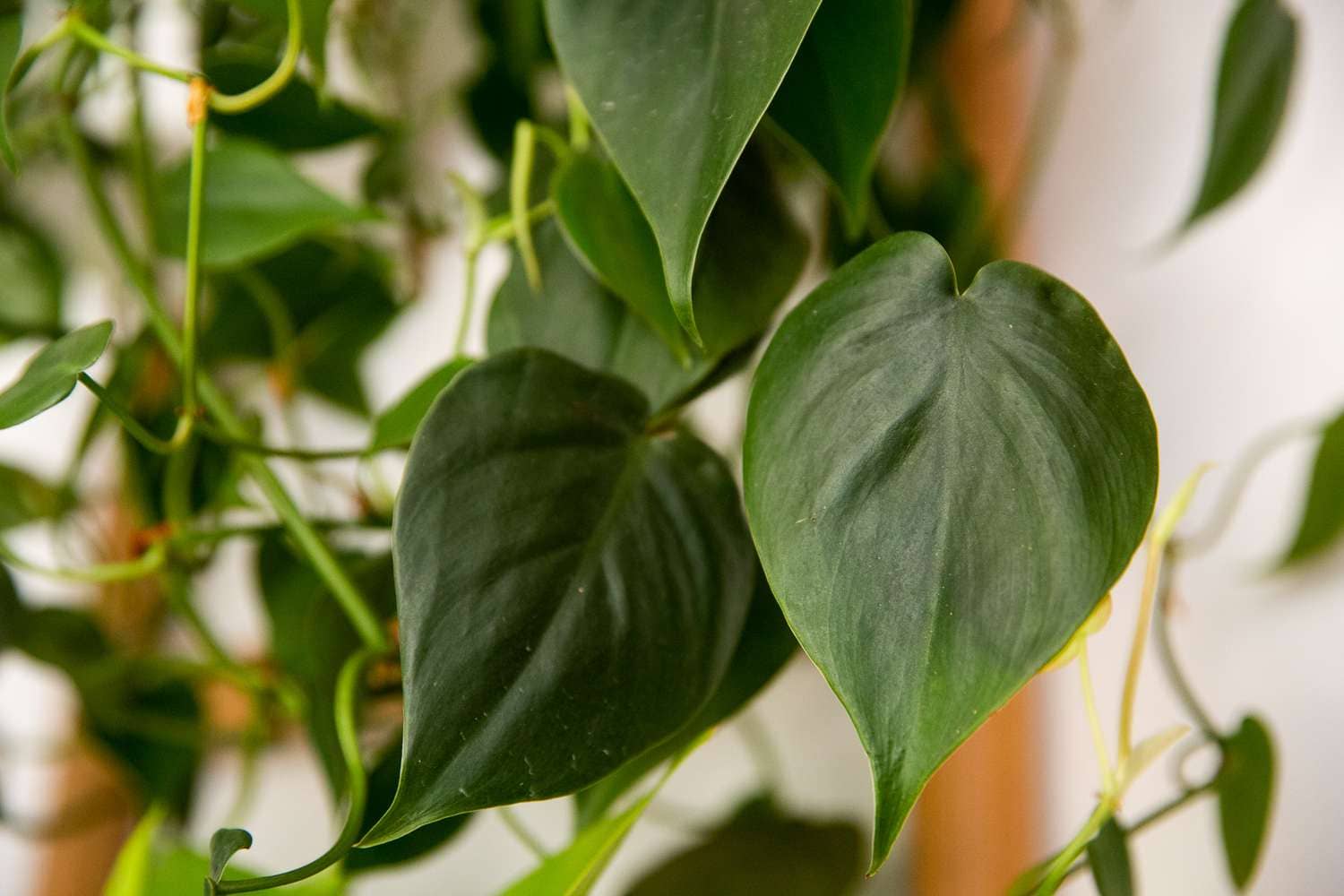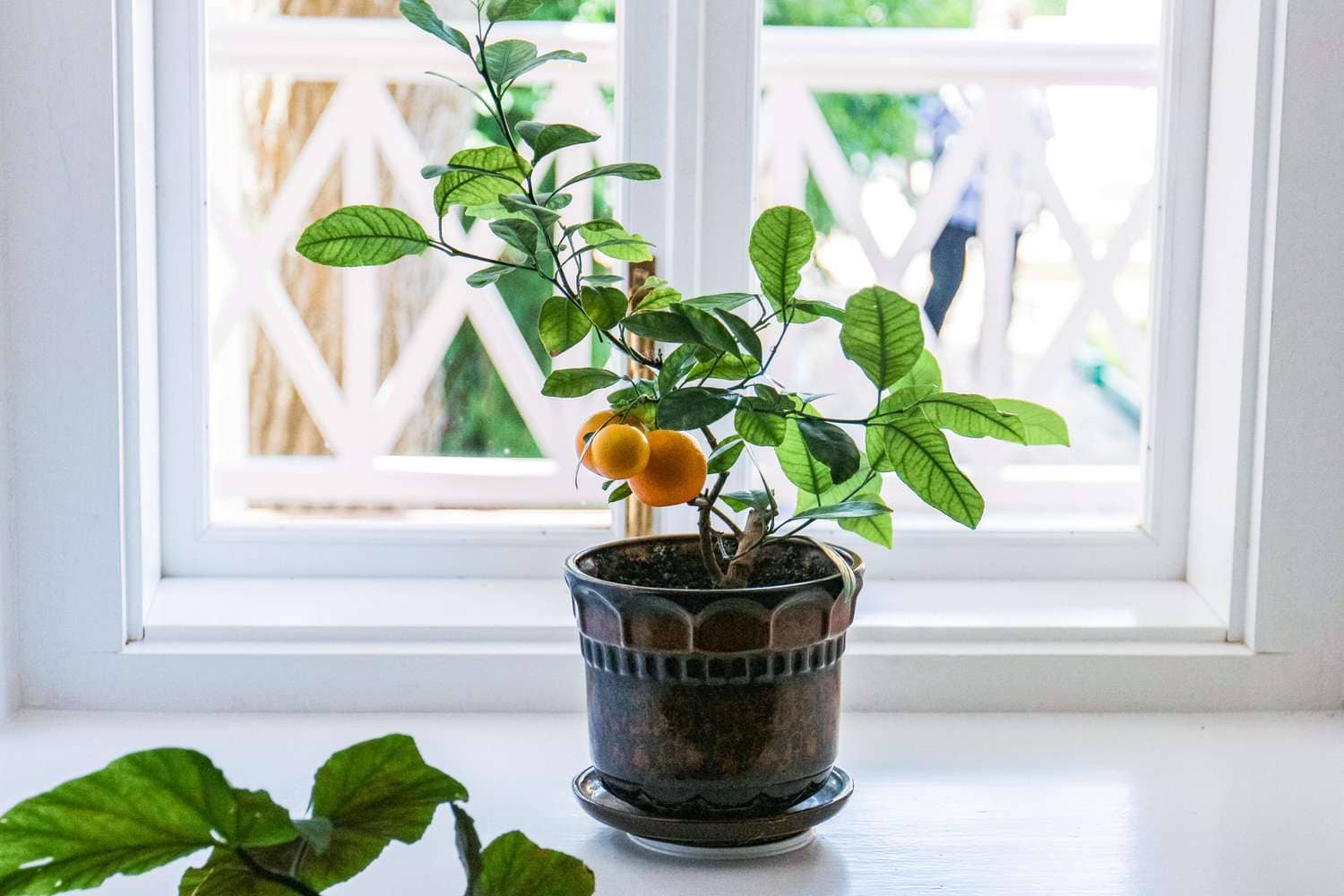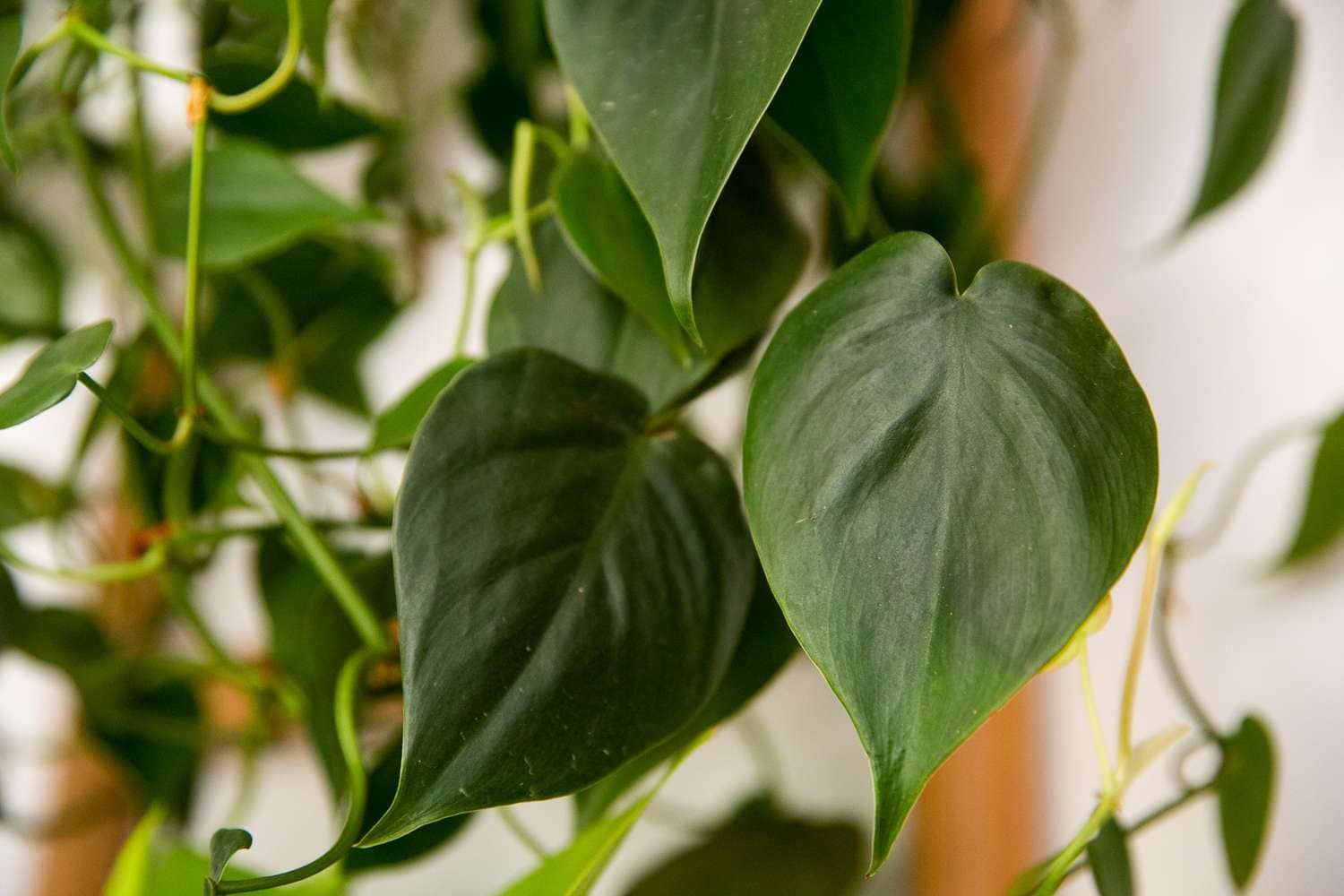Variegated Rubber Plants, scientifically known as Ficus elastica ‘Variegata’, are enchanting houseplants that combine striking foliage with ease of care, making them popular choices for indoor greenery enthusiasts. With their glossy leaves adorned with creamy-white or yellow variegation, these plants add a touch of sophistication and visual interest to any indoor space. Exploring the allure of variegated rubber plants unveils not only their aesthetic appeal but also practical tips for successful cultivation, care, and creative uses in interior décor.
Unveiling the Variegated Rubber Plant
Variegated Rubber Plants are cultivars of the Ficus elastica species, which belong to the fig family, Moraceae. Unlike their non-variegated counterparts, these plants feature leaves with eye-catching variegation, characterized by irregular patterns of creamy-white or yellow markings against a backdrop of deep green foliage. Their glossy leaves and upright growth habit make them ideal statement pieces for homes, offices, and other indoor environments.
Cultivation and Care
Cultivating a variegated rubber plant requires attention to its specific growing requirements to ensure optimal health and growth. Provide bright, indirect light, as direct sunlight can scorch the leaves and cause leaf burn. Keep the soil consistently moist but not waterlogged, allowing excess water to drain freely from the pot to prevent root rot. Maintain moderate humidity levels by misting the foliage regularly or placing a tray of water nearby. Fertilize sparingly during the growing season to promote healthy growth and variegation.
Versatility in Interior Décor
Variegated rubber plants offer versatility in interior décor, complementing a wide range of design styles and aesthetics. Whether showcased as standalone specimens or incorporated into lush green arrangements, their striking foliage adds texture, color, and visual interest to any indoor space. Place them in decorative pots or planters to create focal points on tabletops, shelves, or plant stands. Their glossy leaves reflect light, making them ideal for brightening dimly lit corners or adding vibrancy to minimalist interiors.
Air-Purifying Properties
In addition to their aesthetic appeal, variegated rubber plants possess air-purifying qualities that contribute to a cleaner and healthier indoor environment. Through a process known as phytoremediation, they remove toxins such as formaldehyde, benzene, and xylene from the air, improving air quality and promoting a sense of well-being. Incorporating these plants into interior spaces helps reduce indoor air pollution and create a more conducive environment for relaxation, productivity, and overall health.
Propagation and Maintenance
Propagating variegated rubber plants is relatively straightforward and offers an opportunity to expand your plant collection or share cuttings with friends and fellow enthusiasts. Stem cuttings can be rooted in water or a well-draining potting mix, with new growth emerging within a few weeks under optimal conditions. Maintain regular maintenance by removing dust from the leaves with a damp cloth and pruning to remove dead or yellowing foliage. Repotting may be necessary as the plant grows to provide ample space for root development.
Conclusion
Variegated rubber plants are not only visually captivating but also rewarding to cultivate and care for indoors. With their glossy foliage, striking variegation, and air-purifying properties, these plants add beauty, elegance, and functionality to any indoor space. By embracing the allure of variegated rubber plants and following practical tips for successful cultivation and care, indoor gardening enthusiasts can enjoy their timeless charm and benefits for years to come. Elevate your interior décor and enhance your living environment with the enchanting presence of variegated rubber plants.





